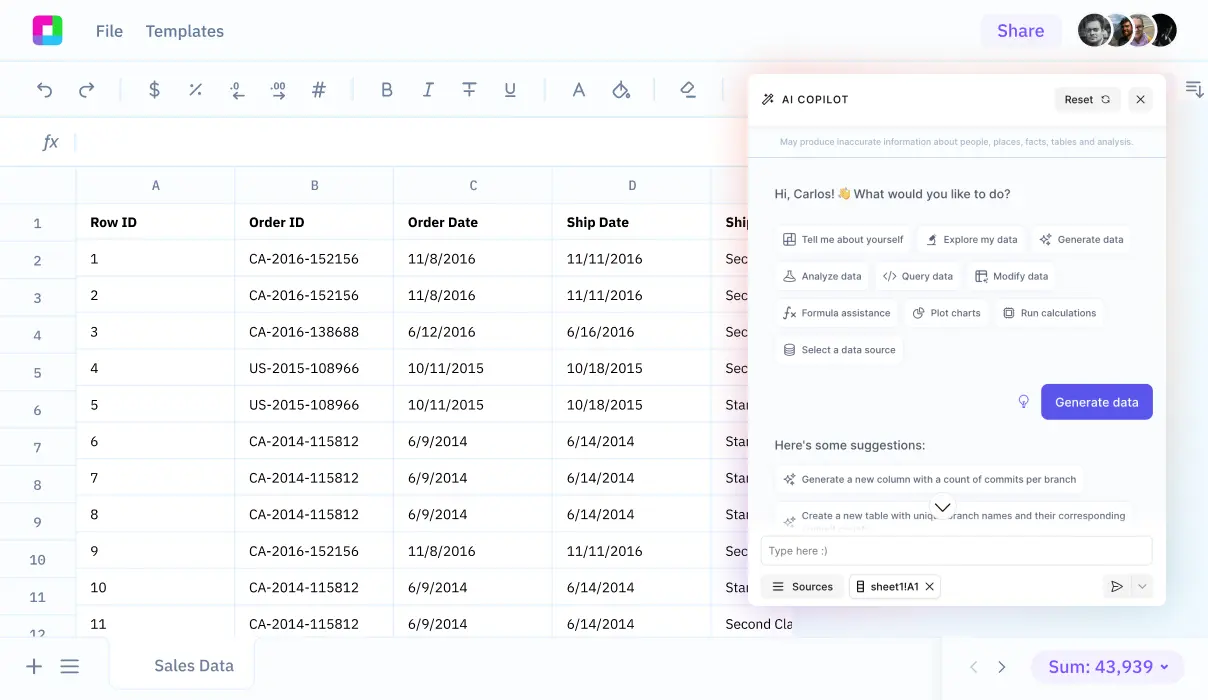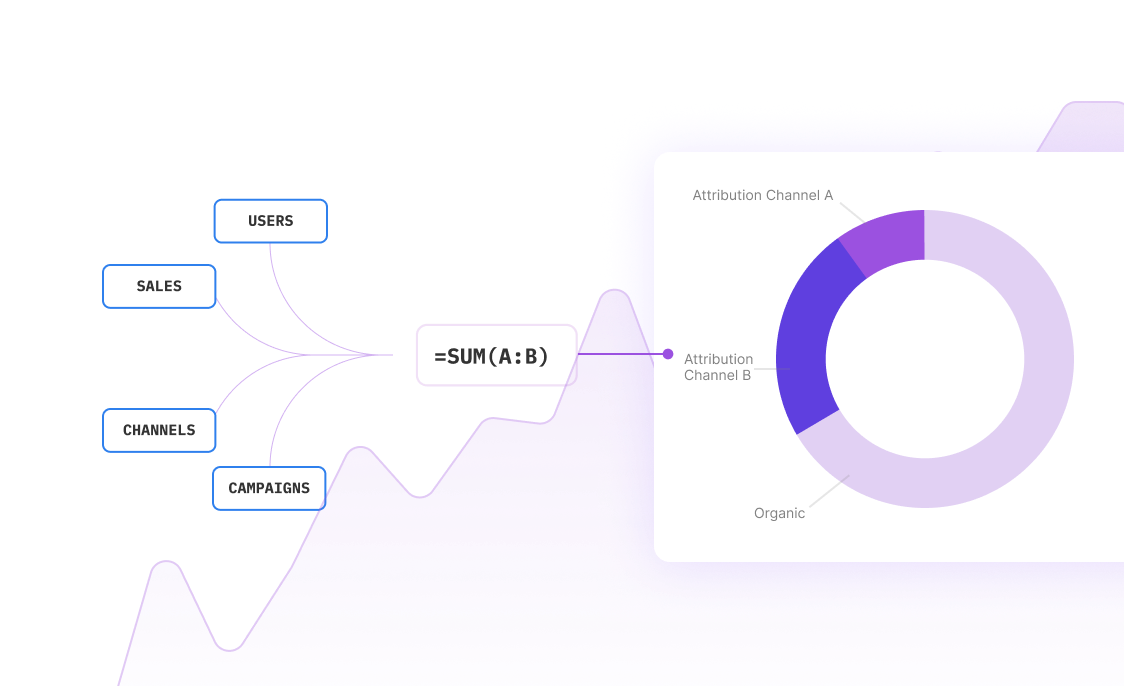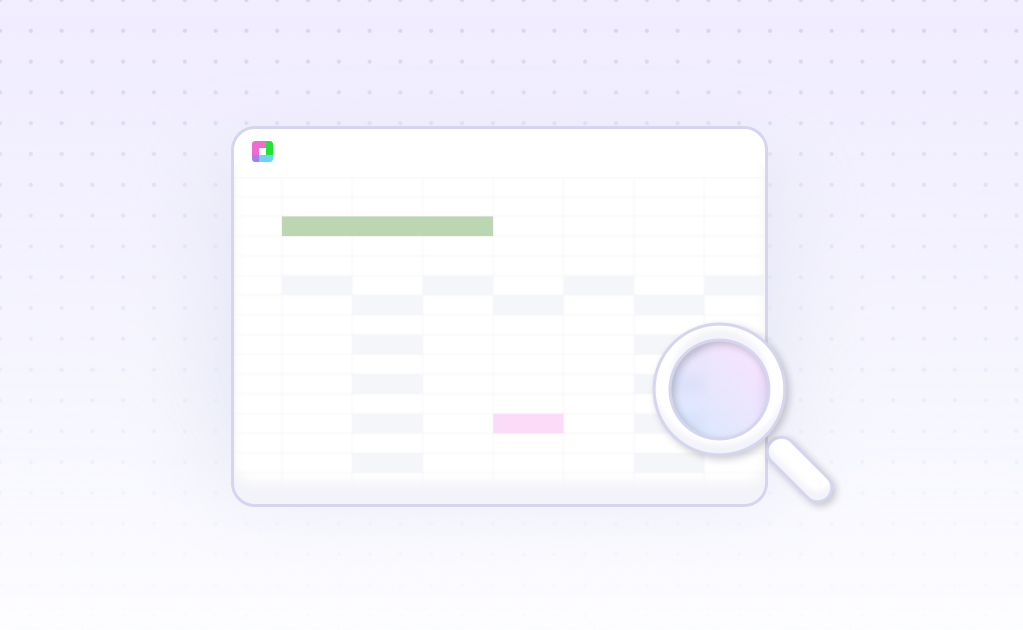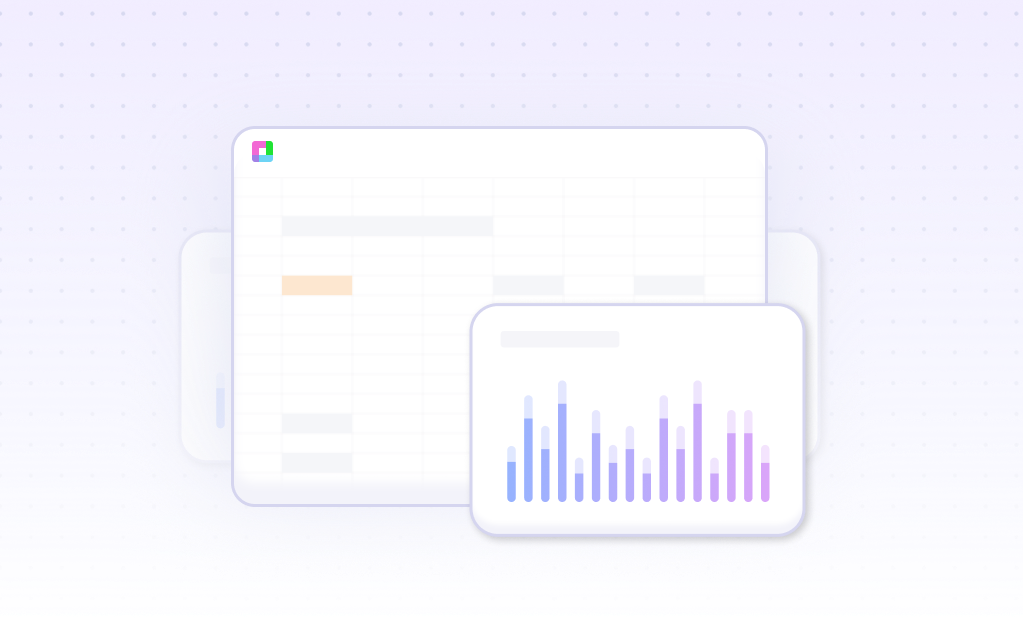
Introduction
Excel remains a powerful tool for financial quantitative analysis, offering statistical and numerical data analysis capabilities. However, modern AI-native alternatives like Sourcetable combine traditional spreadsheet functionality with advanced artificial intelligence. Sourcetable provides over 500 formulas and functions, syncs with databases and business applications, and leverages cloud computing for instant analysis of large datasets. Its AI copilot assists with spreadsheet work, database analysis, and SQL queries, while supporting real-time data updates and multi-gigabit file processing.
Sourcetable seamlessly integrates with popular services like Stripe, Zendesk, and Google Analytics, offering a familiar spreadsheet interface with A1 notation and cell-based referencing. The platform's AI capabilities enable fast querying of structured and unstructured data, 3D plotting, and vector transformations. Learn how Sourcetable enhances financial quantitative analysis at sourcetable.com/signup.
Sourcetable: The Future of Financial Quantitative Analysis
Modern financial markets demand advanced computational tools for quantitative analysis. While Excel was revolutionary for finance, it has become obsolete for complex financial modeling. Sourcetable combines AI-powered automation with traditional spreadsheet functionality to enable precise financial analysis.
Superior Data Processing
Sourcetable's AI capabilities automate data entry and analysis, surpassing Excel's manual processes. The platform efficiently gathers vast amounts of financial market data, identifying trends and investment opportunities through mathematical models and statistical techniques.
Enhanced Decision Making
Quantitative analysis through Sourcetable empowers investors with precise examinations of the financial landscape. The platform automatically generates accurate forecasts and performs complex calculations, helping allocate resources to maximize returns and minimize risks.
Automated Visualization
Unlike Excel's manual charting, Sourcetable automatically creates data visualizations that reveal market patterns. Its AI-driven approach generates accurate charts and graphs, transforming complex financial data into actionable insights.
Benefits of Financial Quantitative Analysis with AI-Powered Spreadsheets
Quantitative analysis empowers investors to make data-driven investment decisions through systematic evaluation methods. This analytical approach helps determine optimal resource allocation for maximizing returns while minimizing risks. Using metrics like the Beta factor and Treynor Ratio, investors can assess stock risk and portfolio performance with precision.
Key Advantages of Quantitative Analysis
Modern quantitative analysis excels at processing large datasets to reveal hidden patterns and complex trends. By developing predictive models and algorithms, investors can automate their analysis process and uncover insights that might not be immediately apparent through traditional methods.
Enhanced Analysis with AI-Powered Tools
AI-powered spreadsheet tools streamline financial analysis through natural language processing capabilities. Platforms like Rows offer specialized AI formulas and built-in analysts for efficient data cleanup, extraction, classification, and summarization. These tools transform complex spreadsheet operations into simple conversational commands, making quantitative analysis more accessible and efficient.
Examples of Financial Quantitative Analysis with AI Spreadsheets
Modern AI spreadsheet tools enhance productivity and accuracy in financial analysis through automated data cleanup, natural language formula generation, and advanced forecasting capabilities. These tools combine traditional financial analysis with machine learning algorithms and neural networks to create robust predictive models.
Predictive Modeling and Forecasting
AI-powered forecasting leverages historical data through time series analysis techniques like moving averages and exponential smoothing. Regression analysis improves forecast accuracy by analyzing multiple variables simultaneously, while machine learning algorithms identify complex patterns in financial data.
Automated Financial Analysis
AI tools streamline financial operations by automating data extraction, organization, and analysis for budgeting, workforce planning, and tax provisioning. These systems provide comprehensive views of organizational financial performance while enabling faster analysis and collaborative decision-making.
Investment Analysis
Advanced AI algorithms analyze market data to identify investment opportunities and optimize portfolio performance. Natural language processing capabilities enhance analysis by incorporating qualitative data into financial models, creating more comprehensive investment insights.
Financial Quantitative Analysis Use Cases for Sourcetable
Portfolio Risk Analysis |
Analyze portfolio risk using beta calculations |
Algorithmic Trading Strategy Development |
Build trading algorithms using historical market data and automated scenario analysis. AI-powered insights optimize decision-making for high-frequency trading strategies. |
Investment Risk Modeling |
Generate risk models by analyzing big data trends and market behavior patterns. AI automation improves efficiency and reduces manual errors in financial forecasting. |
Portfolio Optimization |
Optimize investment portfolios through automated quantitative analysis of market trends and instrument behavior. AI tools enhance strategic planning and decision-making accuracy. |
Frequently Asked Questions
What is financial quantitative analysis and why is it important?
Financial quantitative analysis is the process of examining financial and investment data through mathematical and statistical models. It plays a pivotal role in finance by providing a systematic framework for analyzing numerical information to make informed decisions, evaluate risks, and optimize portfolio strategies. Quantitative analysis enables the identification of patterns, correlations, and potential outcomes through techniques like statistical analysis, risk modeling, and portfolio optimization.
What types of analysis can I perform in Sourcetable?
Using Sourcetable's AI capabilities, you can perform comprehensive financial analysis including trend analysis, data enrichment, pivot table generation, and chart creation. The platform allows you to analyze vast datasets, provide accurate insights across finance, procurement, sales, and inventory management, and helps users make informed financial decisions through a 360-degree view of organizational performance.
How can AI enhance my financial analysis in Sourcetable?
AI in Sourcetable enhances financial analysis by helping analyze data faster, extract trends, generate pivot tables, slice data, add calculated columns, clean datasets, and create charts. It can also transform unstructured data into insights, categorize information, and extend datasets with rich columns, incorporating modern quantitative analysis capabilities including AI, big data, and alternative data sources.
Conclusion
While Excel enables statistical and numerical data analysis, ThoughtSpot offers enhanced capabilities for financial quantitative analysis. ThoughtSpot provides a comprehensive view of financial performance, enables faster analysis, and facilitates improved forecasting through historical data analysis. Its collaborative features and user-friendly interface help teams unlock actionable insights for smarter decision-making.
AI-powered tools are transforming financial analysis in Excel, automating manual tasks and handling complex operations like scenario analysis, forecasting, and budgeting. Tools like Cube demonstrate how AI can streamline FP&A processes and provide real-time business insights. To combine the analytical power of Excel with AI capabilities, try Sourcetable's financial quantitative analysis tools at sourcetable.com/signup.
Recommended Analysis Guides
Connect your most-used data sources and tools to Sourcetable for seamless analysis.
Frequently Asked Questions
If you question is not covered here, you can contact our team.
Contact Us





